Art in Basel is much more than Art Basel
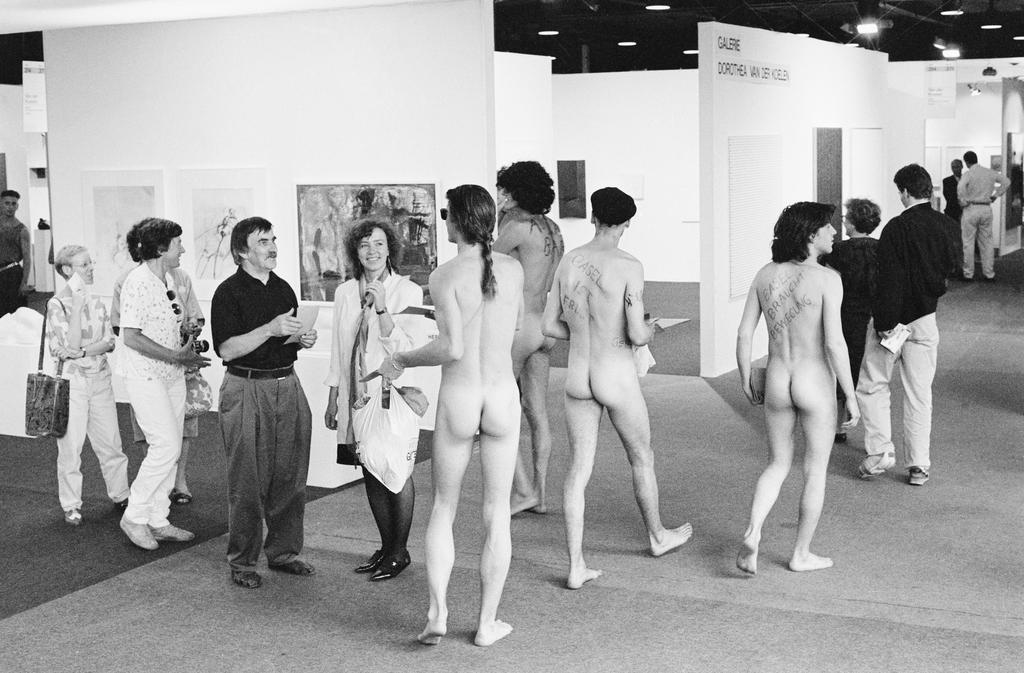
Art Basel, which opens on Thursday, and its circus is mainly about the arts market: a perfect setting for packaged artworks, buyers and sellers, whereas artists are just supporting actors, at best. It hasn’t always been like this.
When it started, back in 1970, Art Basel was an ingenious idea of a group of gallerists to bring together most of the different layers of actors and agents in the then expanding arts world (and market).
Success was immediate. Already in 1976, the number of galleries granted the privilege of a stand at the fair reached its limit, kept until today, of around 300 – this year there are 291. In 2017 it received 95,000 visitors who roam, cruise and browse throughout its 27,500 square meters of exhibition space.
But as Art Basel became more and more of a fixture on the commercial arts circuit, parallel initiatives began to bloom around the main show, offering fresher perspectives on younger artists, performers and galleries. LISTE, created in 1995 by a group of then young gallerists (today household names such as Peter Kilchmann and Eva Presenhuber from Zurich), occupies the old industrial quarters of Werkraum Warteck. In a couple of years (1997), they struck a partnership with a traditional local private bank, E. Gutzwiller & Cie.
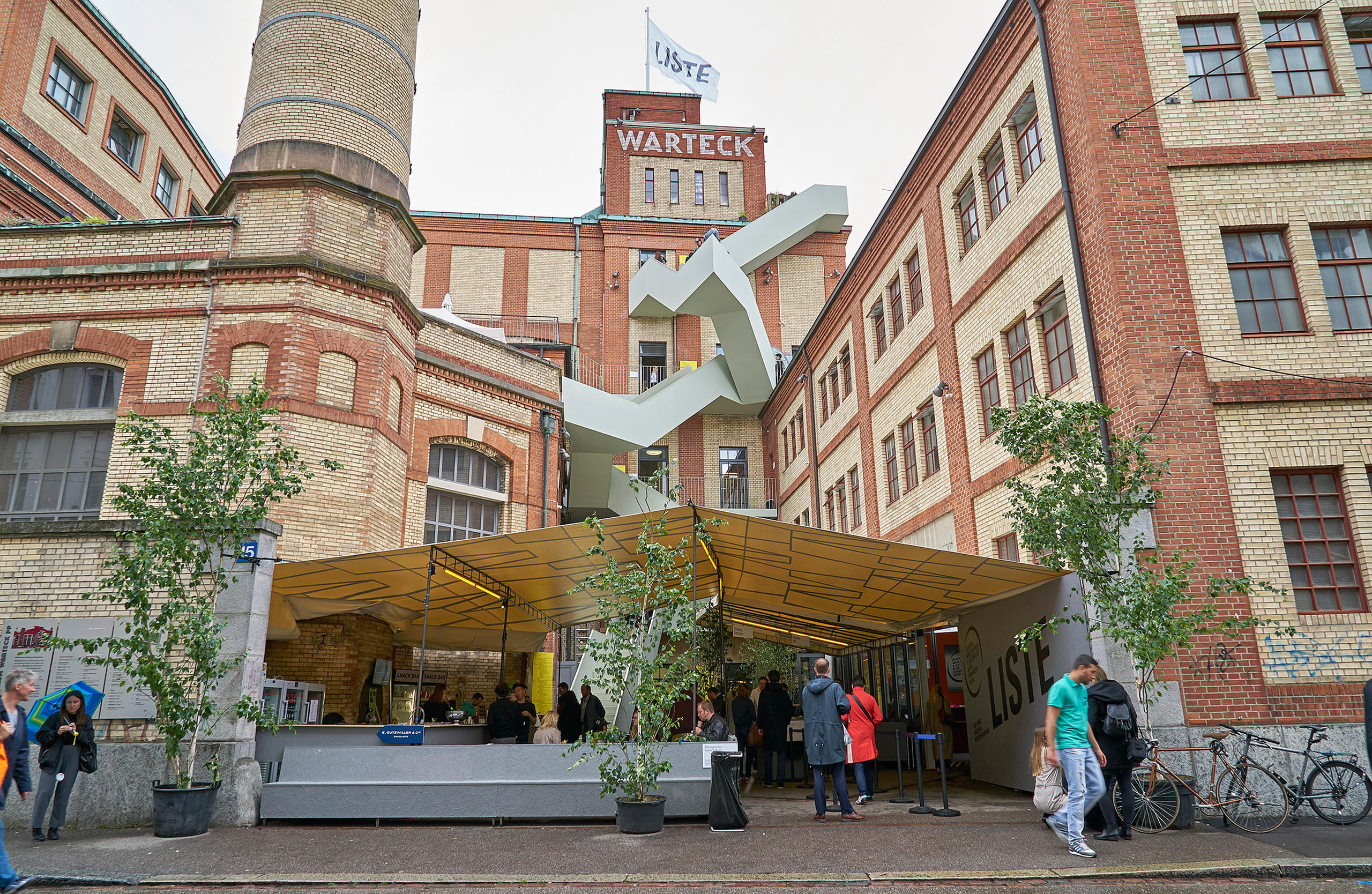
No wonder that, for the most enthusiastic arts followers, LISTE soon became an “established” venue, practically an appendix of Art Basel. More recently, in 2005, a group of independent dealers came up with VOLTA – Basel’s Art Fair for New International Positions. Its founders state their aim as “to secure a platform for international galleries beyond young art stalwart LISTE and market heavyweight Art Basel”.
A short tram ride from Art Basel, the city’s fine arts museum (Kunstmuseum) has the answer for those looking for an antidote to Art Basel’s commercialism. The museum has just opened the exhibition “Black Madonna”, by Theaster Gates, a social activist-performer-cum-urban-planner from Chicago whose art has high aspirations, such as the improvement of poor neighbourhoods or the establishment of an archive of Afro-American cultural history. What you can see and experience there is all about what Art Basel is not.
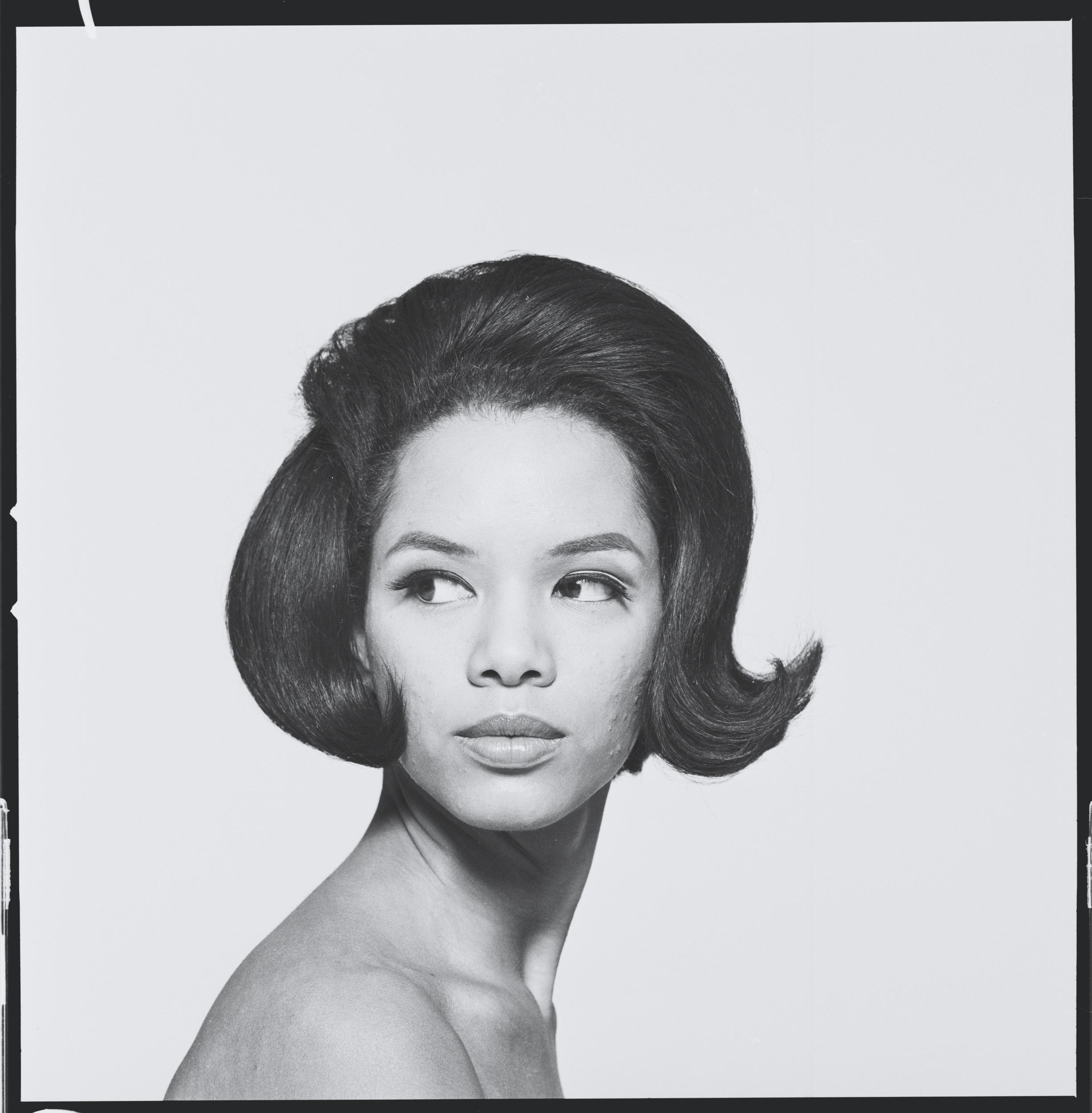
More
Chicago artist displays his ‘engaged practice’ with Black Madonnas
Unlimited
Back at the fair, there is a wide range of artworks that are either too big, too conceptual or too far-off the classical art-show stand. For these large-scale sculptures, video projections, live performances and paintings, Art Basel created ‘Unlimited’ (curated by Gianni Jetzer, former director of the Swiss Institute – Contemporary Art, in New York).
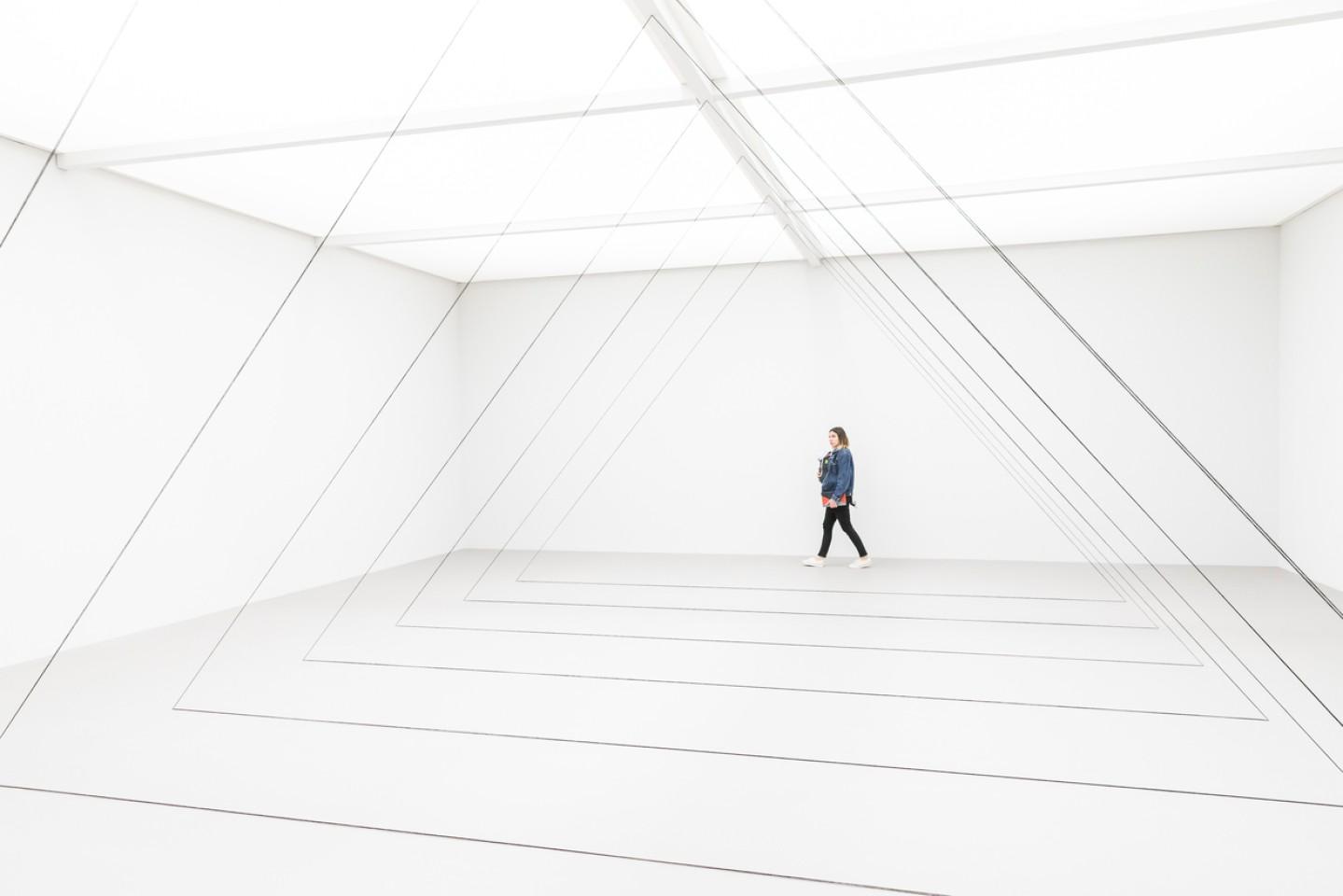
The growth in size, scope and volume of sales was making Art Basel look increasingly like a big open market, a confusing and overwhelming juxtaposition of artworks side by side, with no visible space for reflection or the exchange of views and positions between the players, artists and public. That wouldn’t be very good press for an event that, despite its public character, depends on the prestige of exclusivity that only a select group of jet-setters, trendsetters, high fashionistas et al can confer.
Art Basel shows include a few specific, dedicated programmes, apart from the core (galleries with stands): ‘Conversations’ fills this gap, with artists, collectors and curators engaging in open debates. ‘Feature’ brings projects from established and historical artists, curated by gallerists. ‘Statements’ presents solo projects by emerging artists, competing for the Baloise Art Prize – the insurance giant acquires artworks by the winners, and then donates them to various European art institutions.
With ‘Parcours’, Art Basel occupies several spaces throughout the city with site-specific sculptures, interventions and performances. Its night programme is very sought after, usually ending in more parties and clubbing.
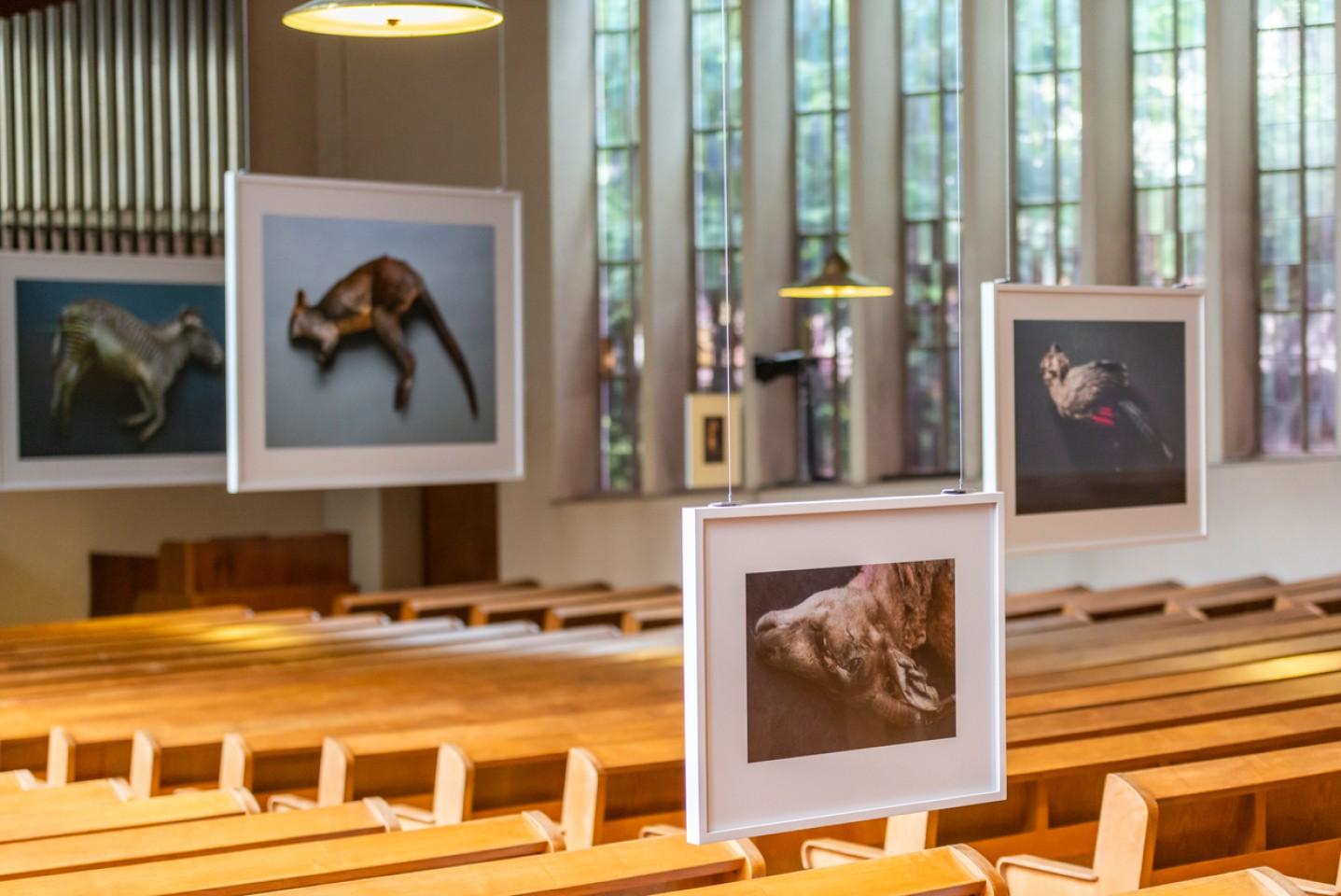
And ‘Edition’ is the place to look for editioned works from leading publishers of artists’ books and prints, many special editions and rare publications. Oh… and the films! Art Basel has a weeklong programme of experimental films, curated by Maxa Zoller.
But there’s a price tag on nearly everything exhibited or shown at Art Basel, since it remains first and foremost an arts fair.
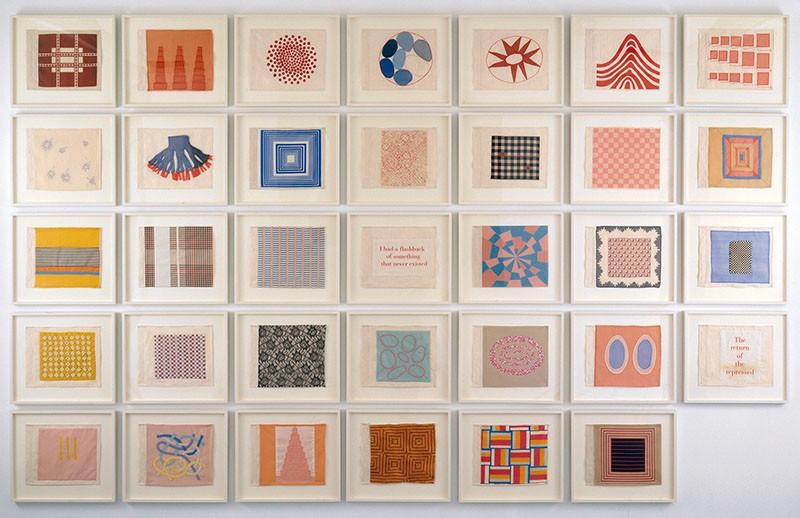

In compliance with the JTI standards
More: SWI swissinfo.ch certified by the Journalism Trust Initiative
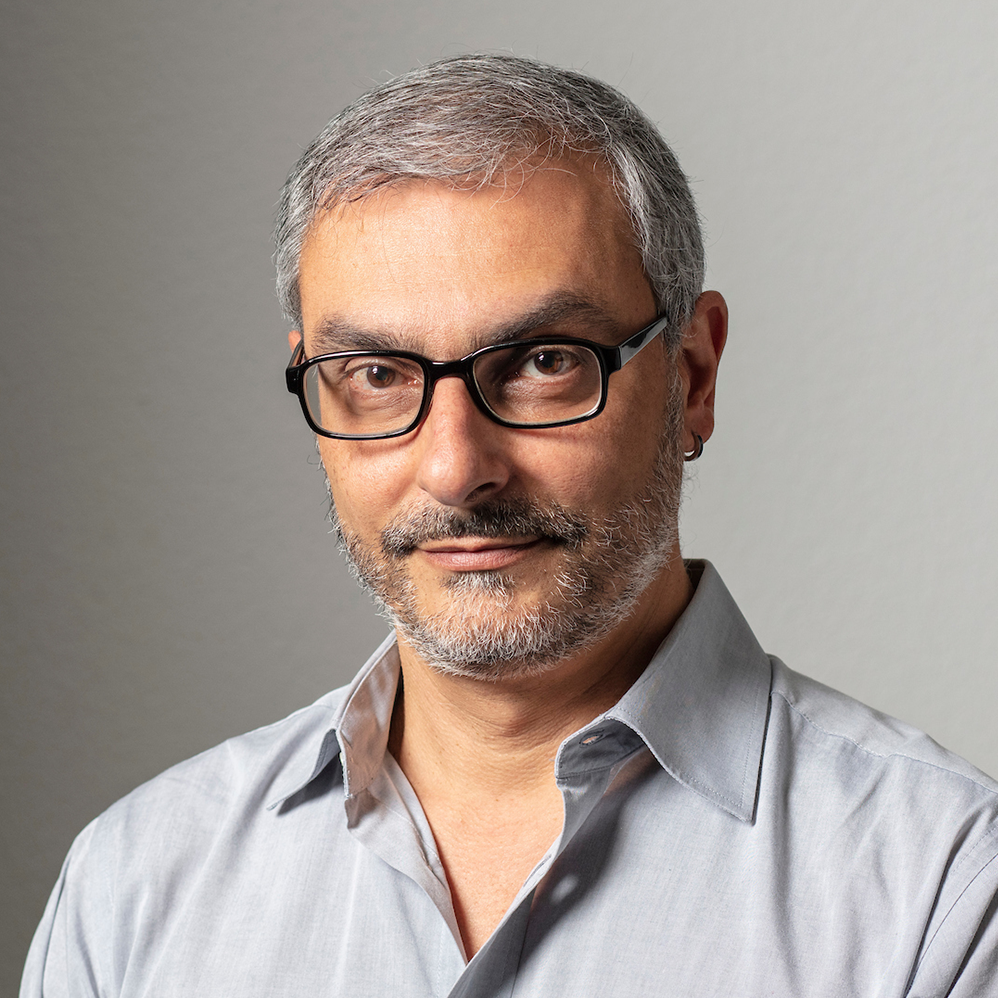
You can find an overview of ongoing debates with our journalists here. Please join us!
If you want to start a conversation about a topic raised in this article or want to report factual errors, email us at english@swissinfo.ch.